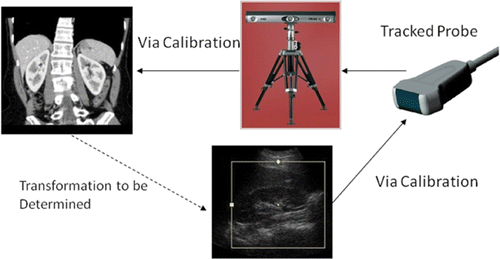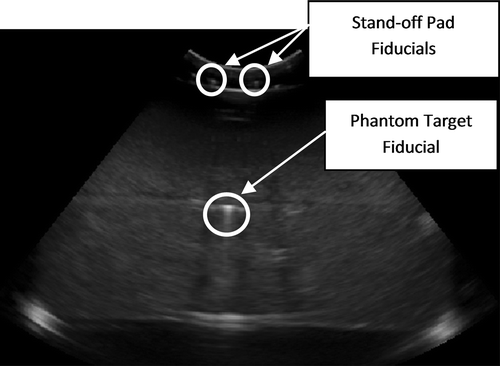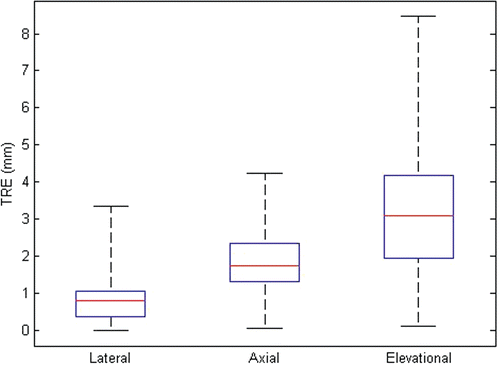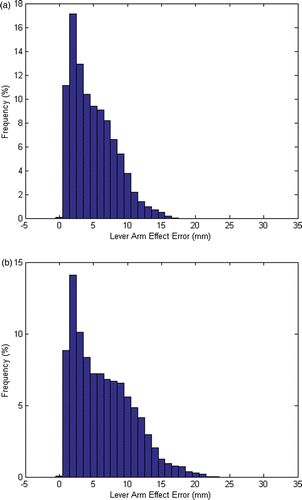Figures & data
Figure 5. Schematic of testing phantom containing phantom target fiducials (fiducial stand-off pad is secured to top).
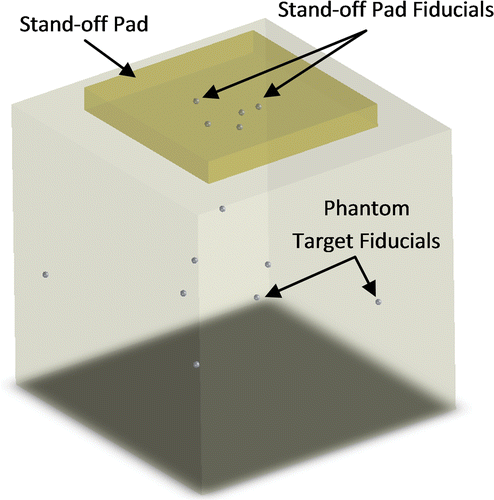
Figure 7. Sample CT image showing one phantom fiducial and one stand-off pad fiducial. The curved appearance of the stand-off pad is due to the coupling gel between the pad and phantom.
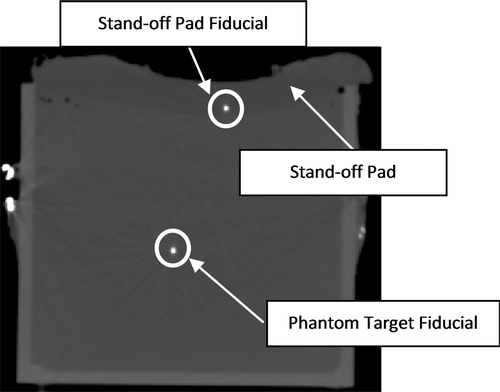
Table I. Ultrasound scanning parameter sets. Volumes contained 76 frames (55° sweep).
Figure 8. Demonstration of the lever arm effect. White fiducials represent the true locations, and black fiducials represent locations with localization error. A small misalignment of the stand-off pad fiducials can result in large target registration errors.
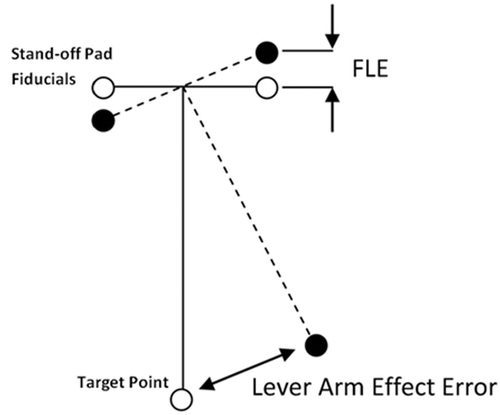
Figure 9. The CIRS quality assurance phantom with no stand-off pad (left), with a 12-mm thick stand-off pad (center), and with a 20-mm thick stand-off pad (right). Ultrasound acquisition settings were as follows: probe frequency 5 MHz; focal depth 7.6 cm; depth 15 cm; gain 48%. The arrows show the point feature target number 1, with numbers 2 to 9 below it in sequence, as in . The circles show the occlusion feature number 1, with numbers 2 and 3 diagonally below it in sequence, as indicated in .

Figure 10. Sample image of line features used to determine the degradation of resolution in the elevational direction. The arrow shows line feature target number 1, with numbers 2 to 9 below it in sequence (as in ).
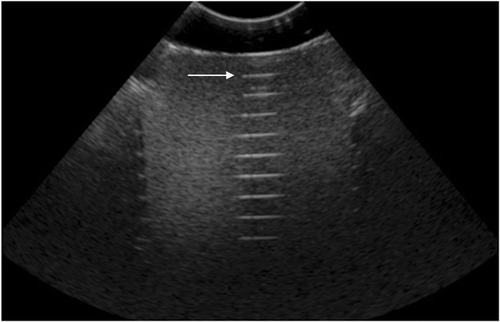
Table II. Effect of stand-off pad thickness on image quality. Ultrasound acquisition settings were as follows: frequency 5 MHz; focal depth 7.6 cm; depth 15 cm; gain 48%. There were 76 frames/volume (55° sweep). Point feature numbering is indicated in .
Table III. Effect of stand-off pad thickness on elevational resolution. Ultrasound acquisition settings were as follows: frequency 5 MHz; focal depth 7.6 cm; depth 15 cm; gain 48%. There were 76 frames/volume (55° sweep). Point feature numbering is indicated in .
Table IV. Effect of stand-off pad thickness on image contrast. Ultrasound acquisition settings were as follows: frequency 5 MHz; focal depth 7.6 cm; depth 15 cm; gain 48%. Occlusion feature numbering is indicated in .
Figure 11. FLE vs. various ultrasound parameters (see ). In each panel, the left graph shows errors in measurements of distances between stand-off pad fiducials (N = 6) indicating lateral and elevational errors, and the right graph shows errors in measurement of distances between the stand-off pad and phantom target fiducials (N = 32) indicating axial errors. (a) FLE vs. probe frequency; (b) FLE vs. focal depth; (c) FLE vs. gain; and (d) FLE vs. depth.
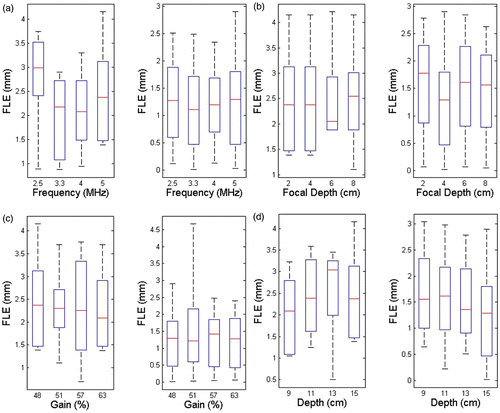
Figure 12. RMS FRE vs. various ultrasound parameters. (a) FRE vs. probe frequency (focal depth 4 cm; gain 48%; depth 15 cm). (b) FRE vs. focal depth (frequency 5 MHz; gain 48%; depth 15 cm). (c) FRE vs. gain (frequency 5 MHz; focal depth 4 cm; depth 15 cm). (d) FRE vs. depth (frequency 5 MHz; focal depth 4 cm; gain 48%).
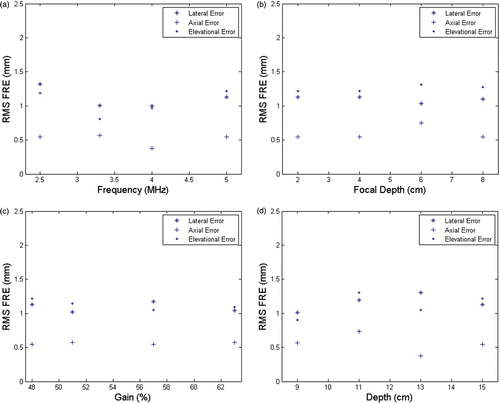
Figure 14. RMS TRE vs. various ultrasound parameters. (a) TRE vs. probe frequency (focal depth 4 cm; gain 48%; depth 15 cm). (b) TRE vs. focal depth (probe frequency 5 MHz; gain 48%; depth 15 cm). (c) TRE vs. gain (probe frequency 5 MHz; focal depth 4 cm; depth 15 cm). (d) TRE vs. depth (probe frequency 5 MHz; focal depth 4 cm; gain 48%).
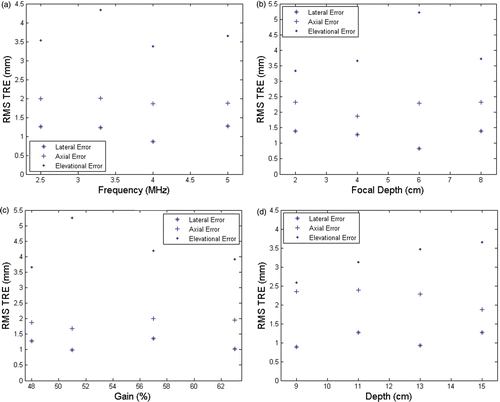
Figure 16. Sample CT (left) and ultrasound (right) images of patient's kidney with stand-off pad attached. Ultrasound acquisition settings were as follows: frequency 5 MHz; focal depth 7.6 cm; gain 42%; depth 13 cm.
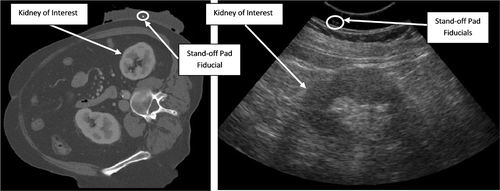
Figure 17. Overlays of clinical data for three patients after registration using the fiducial stand-off pad. CT data is shown in blue and ultrasound data in red. (a) Patient 1; (b) Patient 2; (c) Patient 3.
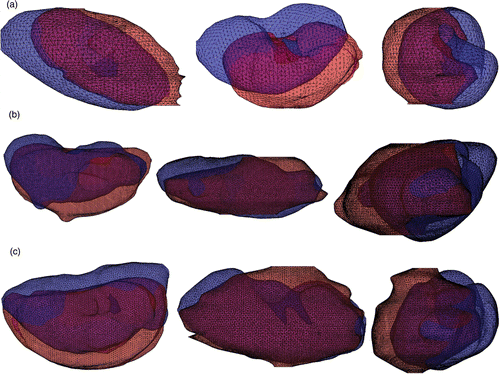
Table V. RMS FRE for clinical data from three patients.
Table VI. TRE for clinical data from three patients.

